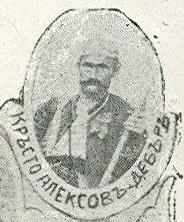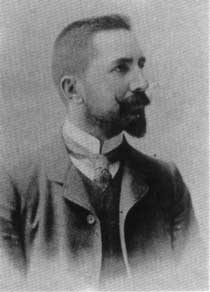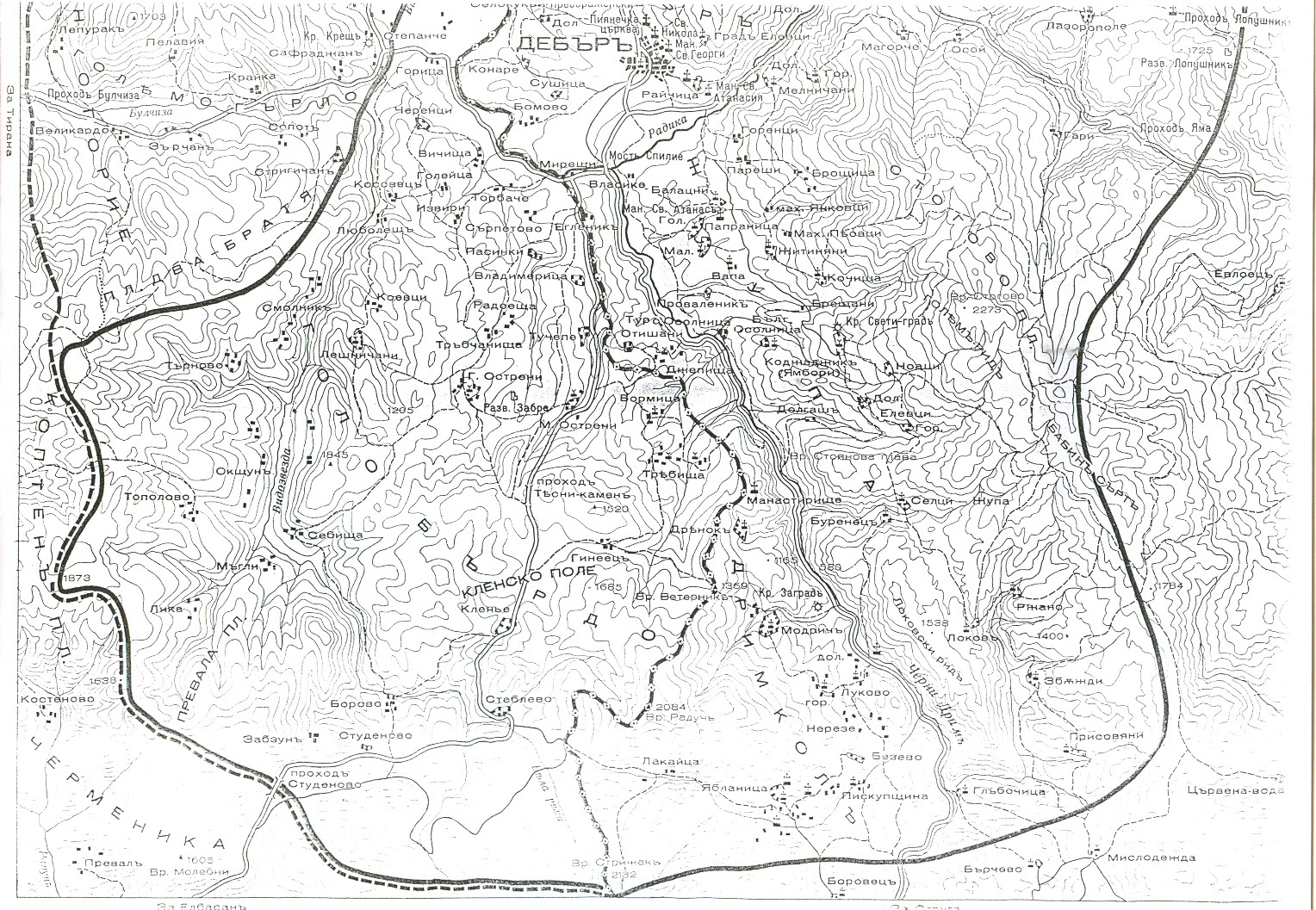|
Herebel
Herebel ( mk, Ербеле/Erbele) is a village in the former Maqellarë Municipality in Dibër County in northeastern Albania. At the 2015 local government reform it became part of the municipality Dibër. It is situated on the mountain Dešat, near the border with North Macedonia. History The village was first mentioned in 1467 in Ottoman records. In 1583, it was recorded as having 18 Christian and four Muslim residents. Of all of the local villages during the late 19th and early 20th centuries, while still under the Ottoman Empire, only Herebel and Kërçisht i Sipërm were populated by Bulgarian Exarchists, while the rest were populated by Muslims. Several members of the Macedonian-Adrianopolitan Volunteer Corps were born in Herebel. Demographics In statistics gathered by Vasil Kanchov in 1900, the village of Herebel was inhabited by 75 Christian Bulgarians and 125 Muslim Bulgarians. However, Kanchov noted that the inhabitants of the village preferred to be called Albanian ... [...More Info...] [...Related Items...] OR: [Wikipedia] [Google] [Baidu] |
Halveti Teqe, Herebel
The Halveti Teqe ( sq, Teqeja e Helvetive) is a Cultural Monument of Albania, located in Herebel Herebel ( mk, Ербеле/Erbele) is a village in the former Maqellarë Municipality in Dibër County in northeastern Albania. At the 2015 local government reform it became part of the municipality Dibër. It is situated on the mountain Dešat, n ..., Diber County. References Cultural Monuments of Albania Buildings and structures in Dibër (municipality) {{Albania-struct-stub ... [...More Info...] [...Related Items...] OR: [Wikipedia] [Google] [Baidu] |
Church Of The Holy Transfiguration, Herebel
The Church of the Holy Transfiguration ( sq, Kisha e Shpërfytyrimit; mk, Црква „Свети Преображение“) is a church in Herebel, Dibër County, Albania. Established in the 12th century, it was declared a Cultural Monument of Albania in 1970. There is an annual celebration at the church, occurring on the 18th and 19th of August. While primarily attended by the Macedonian Christian population, it is also attended by Muslims. In 2018, a dozen icons were donated to the church by the nearby Saint Jovan Bigorski Monastery The Monastery of Saint Jovan Bigorski ( mk, Свети Јован Бигорски) is a Macedonian Orthodox monastery located in the western part of North Macedonia, near the road connecting the towns of Debar and Gostivar. The monastery churc .... References {{coord, 41.6182, N, 20.4709, E, source:wikidata, display=title Cultural Monuments of Albania Buildings and structures in Dibër (municipality) ... [...More Info...] [...Related Items...] OR: [Wikipedia] [Google] [Baidu] |
Maqellarë
Maqellarë ( mk, Макелари/''Makelari'' or Макеларе/''Makelare'') is a village and a former municipality in the Dibër County, northeastern Albania. At the 2015 local government reform it became a subdivision of the municipality Dibër. The population at the 2011 census was 10,662.2011 census results Demographics Maqellarë is recorded in the Ottoman '' defter'' of 1467 as a settlement in the of Dibra (within the |
Krsto Aleksov
Krsto Aleksov ( bg, Кръстьо Алексов, mk, Крсто Алексов; 1877-unknown) was a Macedonian Bulgarian revolutionary of the Internal Macedonian Revolutionary Organization. He is considered an ethnic Macedonian in North Macedonia. Biography Aleksov was born in the Ottoman village of Herebel (present-day Albania). As a young man he emigrated to Bulgaria and from 1898 to the spring of 1902 Aleksov lived in Ruse. Here he received a military training in the local ''rifle company''. During the Ilinden Uprising, Aleksov served in a cheta in the Galičnik region. As a revolutionary, later he was active in the Kičevo region. In 1909, he was treated in Sofia, after which he returned to Ottoman Macedonia. Aleksov married Neda Arsova in October 1909 in Kičevo. The last information about him is from a 1918 survey held by the Macedonian Brotherhoods in Bulgaria, when Serbian annexed-Vardar Macedonia Vardar Macedonia ( Macedonian and sr, Вардарска Маке ... [...More Info...] [...Related Items...] OR: [Wikipedia] [Google] [Baidu] |
Kërçisht I Sipërm
Kërçisht i Sipërm ( mk, Горно Крчиште/Gorno Krčište) is a village in the former Maqellarë Municipality in Dibër County in northeastern Albania. At the 2015 local government reform it became part of the municipality Dibër. It is located near the Macedonian border, on the mountain Dešat. History Of all of the local villages during the late 19th and early 20th centuries, while still under the Ottoman Empire, only Herebel and Kërçishti i Epërm were populated entirely by Bulgarian Exarchists, while the rest were populated by Muslims. Nearly 40 members of the Macedonian-Adrianopolitan Volunteer Corps were natives of the village and Kërçishti i Poshtëm. Demographics During the first World War occupying Austro-Hungarian forces conducted a census (1916-1918) of parts of Albania they held and of Kërçisht i Epërm its ethnic demographics they recorded 23 Albanians, 14 Bulgarians, 197 others while its religious composition was 37 Muslims and 197 Orthodox Christi ... [...More Info...] [...Related Items...] OR: [Wikipedia] [Google] [Baidu] |
Albanians
The Albanians (; sq, Shqiptarët ) are an ethnic group and nation native to the Balkan Peninsula who share a common Albanian ancestry, culture, history and language. They primarily live in Albania, Kosovo, North Macedonia, Montenegro, Serbia as well as in Croatia, Greece, Italy and Turkey. They also constitute a large diaspora with several communities established across Europe, the Americas and Oceania. Albanians have Paleo-Balkanic origins. Exclusively attributing these origins to the Illyrians, Thracians or other Paleo-Balkan people is still a matter of debate among historians and ethnologists. The first certain reference to Albanians as an ethnic group comes from 11th century chronicler Michael Attaleiates who describes them as living in the theme of Dyrrhachium. The Shkumbin River roughly demarcates the Albanian language between Gheg and Tosk dialects. Christianity in Albania was under the jurisdiction of the Bishop of Rome until the 8th century AD. Then, dioceses ... [...More Info...] [...Related Items...] OR: [Wikipedia] [Google] [Baidu] |
Internal Macedonian Revolutionary Organization
The Internal Macedonian Revolutionary Organization (IMRO; bg, Вътрешна Македонска Революционна Организация (ВМРО), translit=Vatrešna Makedonska Revoljucionna Organizacija (VMRO); mk, Внатрешна Македонска Револуционерна Организација, translit=Vnatrešna Makedonska Revolucionerna Organizacija), was a secret revolutionary society founded in the Ottoman territories in Europe, that operated in the late 19th and early 20th centuries. Founded in 1893 in Salonica, initially, it aimed to gain autonomy for Macedonia (region), Macedonia and Adrianople Vilajet, Adrianople regions in the Ottoman Empire, however, later it became an agent serving Kingdom of Bulgaria, Bulgarian interests in Balkan politics. IMRO group modeled itself after the Internal Revolutionary Organization of Vasil Levski and accepted its motto "Freedom or Death" (Свобода или смърть). Starting in 1896 it fought t ... [...More Info...] [...Related Items...] OR: [Wikipedia] [Google] [Baidu] |
Cultural Monument Of Albania
In Albania, a cultural monument ''()'' is a construction or work of cultural, historical and artistic value that is built in a visible space, made in memory of important events or prominent people. Cultural monuments are usually under state protection as they are evidence of the history of human development, for the preservation of which there is a public interest. Definition Law nr.9048, dated 04.07.2003, titled ''"For Cultural Heritage"'' describes a cultural monument as an object or building with historical-cultural value that is protected by the state. Cultural monuments are classified into two categories: Category I Cultural Monuments of the first category are buildings of significant value and importance for cultural heritage. They are preserved in the balance of their architectural and technical components. The volume composition, the architectural treatment of the external and internal views, as well as the planimetric and functional solution of these monuments cannot ... [...More Info...] [...Related Items...] OR: [Wikipedia] [Google] [Baidu] |
Gollobordë
Gollobordë ( sq-definite, Golloborda, bg, Голо Бърдо/Golo Bărdo, mk, Голо Брдо/Golo Brdo) refers to a geographical area of traditionally 24 villages of which 18 are situated primarily in eastern Albania, with a small portion consisting of six villages lying within North Macedonia. This region is located within the Dibër and Elbasan counties which contain both Macedonian and Albanian villages. This region, like neighboring regions, has historically been economically linked to the city of Debar, which was traditionally referred to by inhabitants as simply "the City". History Ottoman period The Islamization process is held to have occurred in Golloborda relatively late in Ottoman times.Toncheva, Veselka (2013). "The Slavonic Community from the Golo Bardo Region, Republic of Albania: Traditions, Music, Identity". ''Our Europe. Ethnography – Ethnology – Anthropology of Culture''. Volume 2. Pages 40–42 In 1519, the region was still entirely Christian.Lima ... [...More Info...] [...Related Items...] OR: [Wikipedia] [Google] [Baidu] |
Macedonian Language
Macedonian (; , , ) is an Eastern South Slavic language. It is part of the Indo-European language family, and is one of the Slavic languages, which are part of a larger Balto-Slavic branch. Spoken as a first language by around two million people, it serves as the official language of North Macedonia. Most speakers can be found in the country and its diaspora, with a smaller number of speakers throughout the transnational region of Macedonia. Macedonian is also a recognized minority language in parts of Albania, Bosnia and Herzegovina, Romania, and Serbia and it is spoken by emigrant communities predominantly in Australia, Canada and the United States. Macedonian developed out of the western dialects of the East South Slavic dialect continuum, whose earliest recorded form is Old Church Slavonic. During much of its history, this dialect continuum was called "Bulgarian", although in the 19th century, its western dialects came to be known separately as "Macedonian". Stan ... [...More Info...] [...Related Items...] OR: [Wikipedia] [Google] [Baidu] |
Albanian Language
Albanian ( endonym: or ) is an Indo-European language and an independent branch of that family of languages. It is spoken by the Albanians in the Balkans and by the Albanian diaspora, which is generally concentrated in the Americas, Europe and Oceania. With about 7.5 million speakers, it comprises an independent branch within the Indo-European languages and is not closely related to any other modern Indo-European language. Albanian was first attested in the 15th century and it is a descendant of one of the Paleo-Balkan languages of antiquity. For historical and geographical reasons,: "It is often thought (for obvious geographic reasons) that Albanian descends from ancient Illyrian (see above), but this cannot be ascertained as we know next to nothing about Illyrian itself." the prevailing opinion among modern historians and linguists is that the Albanian language is a descendant of a southern Illyrian dialect spoken in much the same region in classical times. Alternativ ... [...More Info...] [...Related Items...] OR: [Wikipedia] [Google] [Baidu] |




